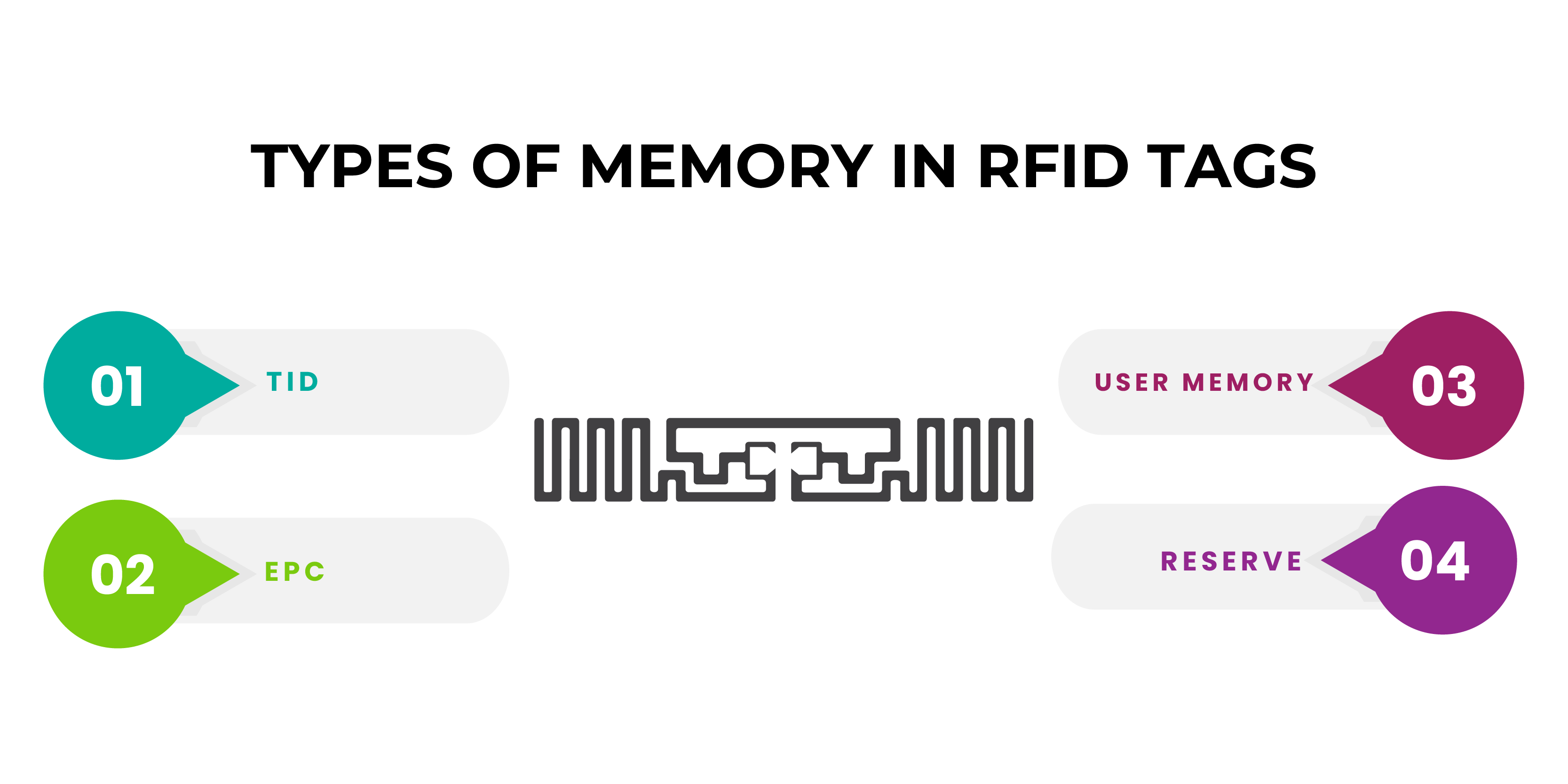The Anatomy of RFID Tags: Components and Functionality
Radio-Frequency Identification (RFID) technology has become an integral part of modern identification and tracking systems. RFID tags, the heart of this technology, comprise several essential components working in harmony. This detailed article will explore the anatomy of RFID tags, shedding light on each component's functionality.
1. Antenna:
Functionality: The antenna is a crucial element in RFID tags, serving as the communication bridge between the tag and the RFID reader. When exposed to the RFID reader's radio frequency signals, the antenna picks up the energy, powering the tag and enabling it to transmit data back to the reader.
2. RFID Chip or Integrated Circuit (IC):
Functionality: At the core of the RFID tag lies the integrated circuit or RFID chip. This component stores and processes information, usually containing a unique identifier for the tagged item. The RFID chip plays a pivotal role in modulating and demodulating signals from the antenna, managing communication with the RFID reader.
3. Substrate or Base Material:
Functionality: The substrate forms the foundation of the RFID tag, providing a platform for mounting the antenna and RFID chip. Typically made of a flexible material, the substrate ensures the tag's resilience against environmental factors like temperature changes and moisture, while also withstanding physical stress.
4. Encapsulation or Housing:
Functionality: RFID tags are encapsulated or housed in protective materials to shield their components from environmental conditions and mechanical damage. This protective layer contributes to the tag's longevity and durability, making it suitable for a wide range of applications.
5. Modulation and Demodulation Circuitry:
Functionality: The modulation and demodulation circuitry is responsible for encoding and decoding data during communication between the RFID tag and reader. It modulates data onto the radio frequency carrier wave when responding to the reader's signal and demodulates incoming signals to extract information.
6. Memory:
Functionality: RFID tags feature built-in memory, expanding their capabilities beyond a unique identifier. This memory can be read and written to during interactions with an RFID reader, allowing for dynamic and versatile use of the RFID tag in various applications.
Types of memory in UHF (Ultra High Frequency) RFID Tags -
- TID
- EPC
- User memory
- Reserve

7. Power Source:
Functionality: RFID tags can be classified as active or passive based on their power source. Active tags have their own power source, often a battery, allowing for longer communication distances. Passive tags rely on the power supplied by the RFID reader's signal and have a more limited range.
Different Types of RFID Tags
RFID tags can be classified according to their power source, frequency, protocol, and various other characteristics.
Based on power source
- Passive
- Semi-Passive
- Active
Based on frequency
- Low Frequency – 125/134 kHz
- High Frequency – 13.56 MHz
- Ultra-High Frequency – 433 MHz, 860-960 MHz
- Microwave Frequency – 2.45 and 5.8 GHz
- Metal Tags
- Laundry Tags
- Heat Sensitivity Tags
- Robu RFID Tags
- RFID Eseal Cable Tag
- Jewelry Tags
- Flexi RFID Tags
- Tough Pro RFID Tags
Conclusion:
Understanding the intricate components and their functionalities within RFID tags is essential for optimizing their performance in diverse applications. From the antenna that captures energy to the RFID chip processing data and the protective housing ensuring durability, each element contributes to the seamless operation of RFID technology. As technology advances, further innovations in RFID tag design are expected, enhancing their versatility and efficiency in identification and tracking systems.
Recent Posts
-
Comparison of Impinj Fixed RFID Readers: R700, R420, and R220
Introduction In the world of supply chain management, retail inventory, healthcare, and industrial a …Jul 1st 2025 -
What Is RFID Shielding and How Does It Work
Introduction Radio-frequency identification (RFID) technology has emerged as a highly versatile and …Jun 25th 2025 -
The Use Cases of RFID in Healthcare: Enhancing Efficiency, Safety, and Patient Care
Introduction In the modern medical landscape, healthcare providers continually seek ways to enhance …Jun 19th 2025




